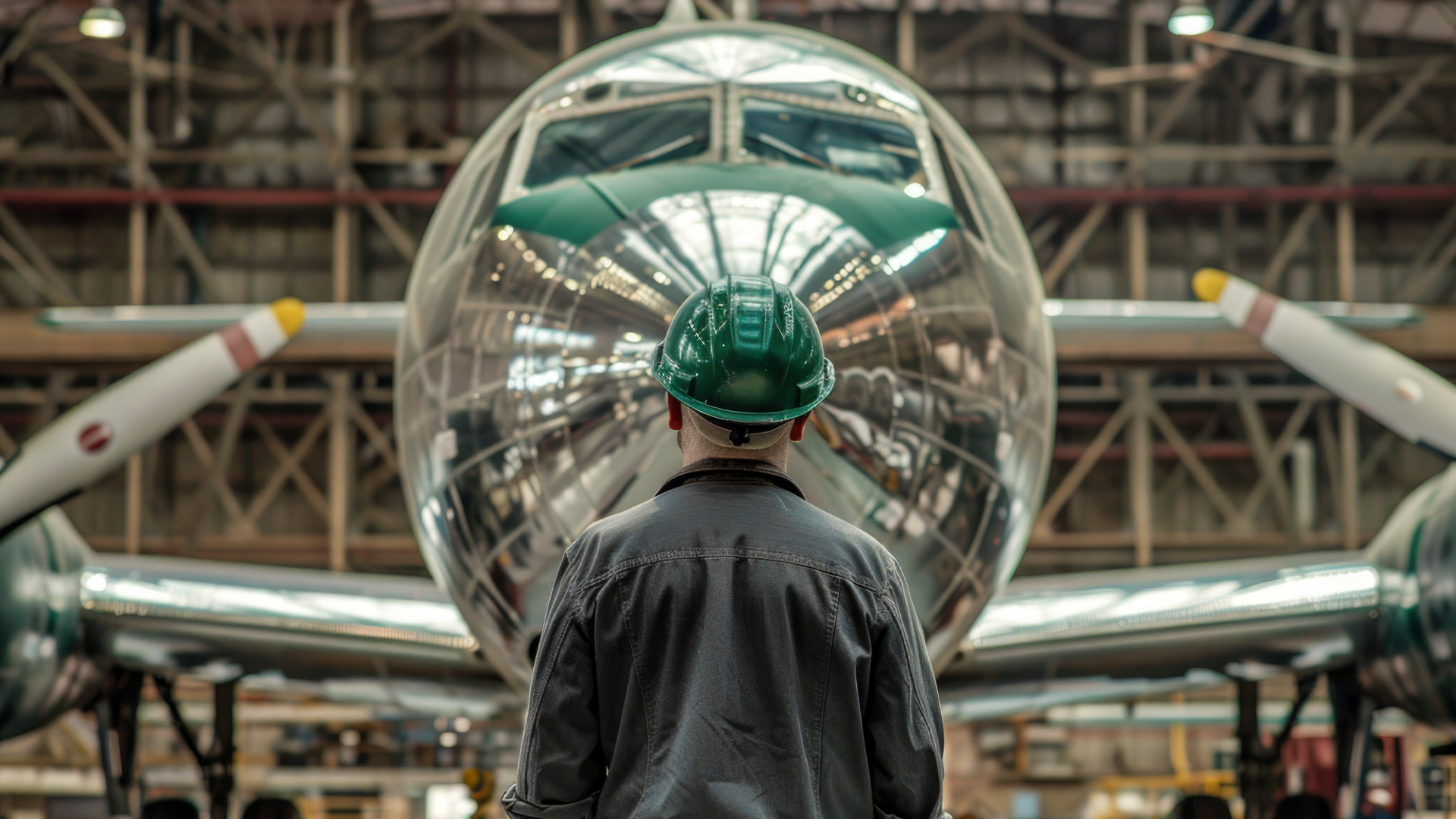Why 3D Metal Printing Is Key to the Future of Aerospace Engineering

Aerospace 3D metal printing is bringing about a new era of innovation and accuracy in the aerospace industry. Engineers are turning to additive manufacturing to get around the restrictions of traditional production as demand for lighter, stronger, and more fuel-efficient planes grows throughout the world. This technology gets rid of the limits of traditional machining and lets you print complicated, strong pieces layer by layer. This opens up a whole new world of design possibilities.
Companies in the modern aerospace 3D printing market are using 3D printing with metal more and more to make engine parts, structural supports, and complex internal frameworks that were earlier too hard or expensive to make. This change is not only saving money and time, but it is also helping to meet the aerospace industry’s safety and performance standards.
The Benefits Of 3D Printing In Aerospace Engineering
One of the best things about 3D printing for aerospace is that it can make parts that are strong but light. 3D metal printing is a great fit for the aerospace industry since every gramme saved in an aeroplane means less fuel use and better efficiency. The procedure uses only what is needed to produce each layer, which cuts down on material waste and makes manufacturing more environmentally friendly and cost-effective.
3D printing service metal is good for the environment and the economy, and it also helps with quick prototyping and on-demand production. This implies that engineers can test designs faster, make changes to parts more accurately, and bring new technologies to market far faster than they could with older approaches. These benefits are changing how aeroplane and spacecraft parts are designed and made in a sector where time and accuracy are very important.
Increasing The Freedom To Innovate And Design
Aerospace 3D metal printing is flexible enough that engineers may now make parts with interior shapes that were impossible to make before. These complicated designs make aeronautical parts work better, weigh less, and last longer overall. Additive manufacturing is pushing the boundaries of engineering inventiveness by making things like turbine blades with better cooling channels and complicated brackets that combine several tasks into one piece.
Also, being able to print complicated forms straight from digital models makes it easier to change and improve designs quickly. Aerospace engineers may make a new version of a part by just updating a digital file instead than depending on expensive tools or moulds. This gives them more flexibility in the design process than anybody else. This ability to adapt makes 3D printing an important tool for improving the technology of the future generation of aeroplanes.
How To Get Past Problems In The Aerospace 3D Printing Market
The aerospace 3D printing market still has problems with certification, material testing, and scalability, even if it has some benefits. Before they can fly, every part must meet exacting safety and performance standards. This includes 3D-printed metal pieces. This means that the industry needs to keep spending money on research, testing materials, and quality control methods to make sure that outcomes are always the same.
But progress is constant. As software, metal powders, and printer hardware get better, 3D printing with metal becomes more and more reliable. As more aerospace companies start using additive manufacturing in their production lines, these problems are getting easier to deal with. This means that 3D printing will become the norm, not the exception, in the future.
What 3D Printing Will Be Like In The Future Of Aerospace
The role of 3D printing for aerospace will keep growing in the future. The ability to make high-performance metal parts on demand will change the way we design, build, and take care of aeroplanes, from commercial airlines to space exploration. Future improvements in materials and automation will make additive manufacturing even better and easier to use. This will keep aerospace innovation going strong.
In the long run, aerospace 3D metal printing will not only improve the manufacturing process, but it will also change the way the whole aerospace ecosystem works, from design and supply chains to maintenance and sustainability. It is the best example of how modern engineering can be creative, efficient, and accurate all at the same time.
Getting Started With New Ideas
3D printing service metal is changing the future of aeronautical engineering by making big ideas come to life. As the technology gets better, it will provide engineers with the tools they need to push the limits and reimagine what’s feasible in the air.
Are you ready to make your aerospace dream come true? Contact us immediately to find out how modern 3D metal printing can help you with your projects.
